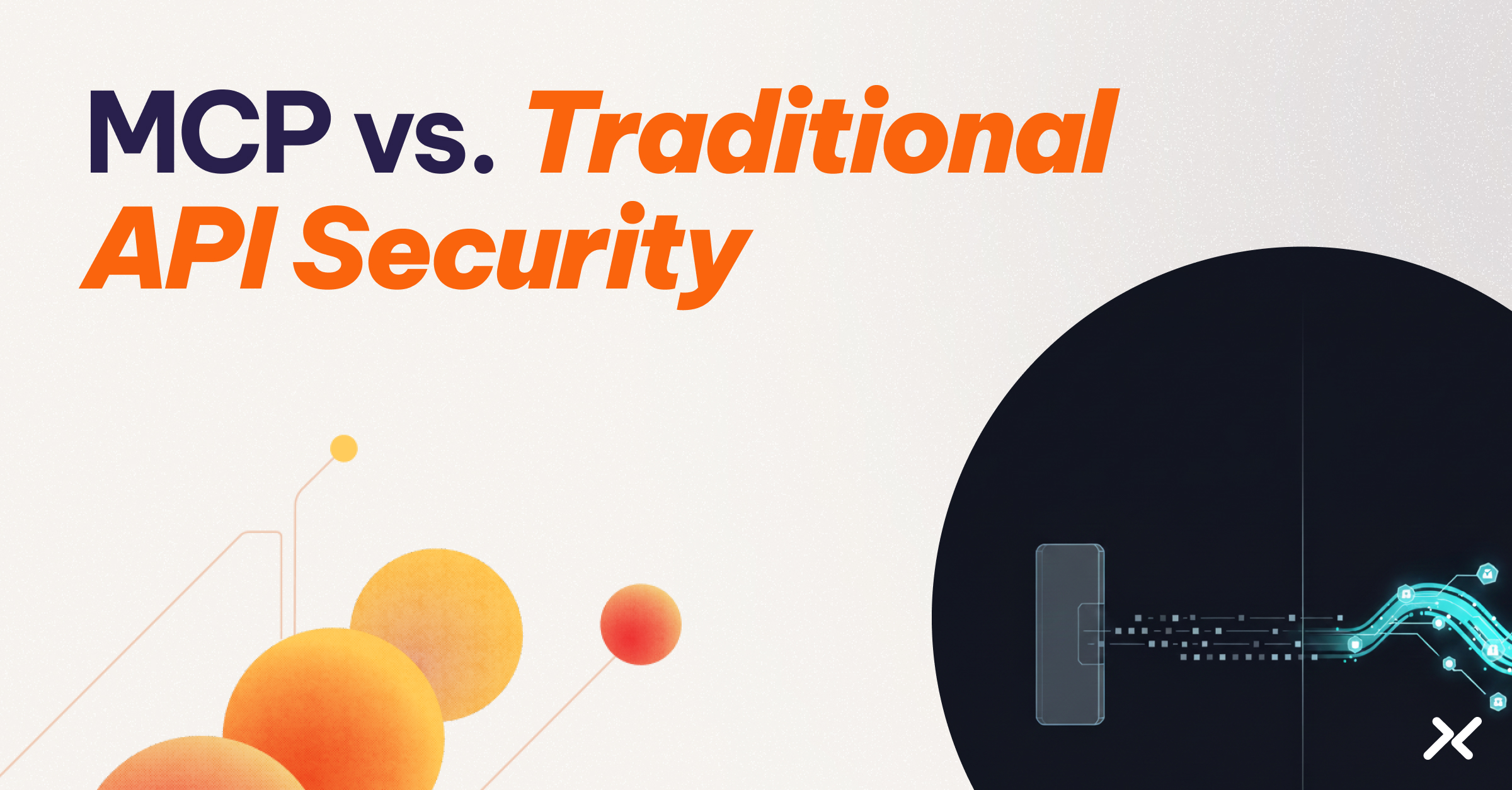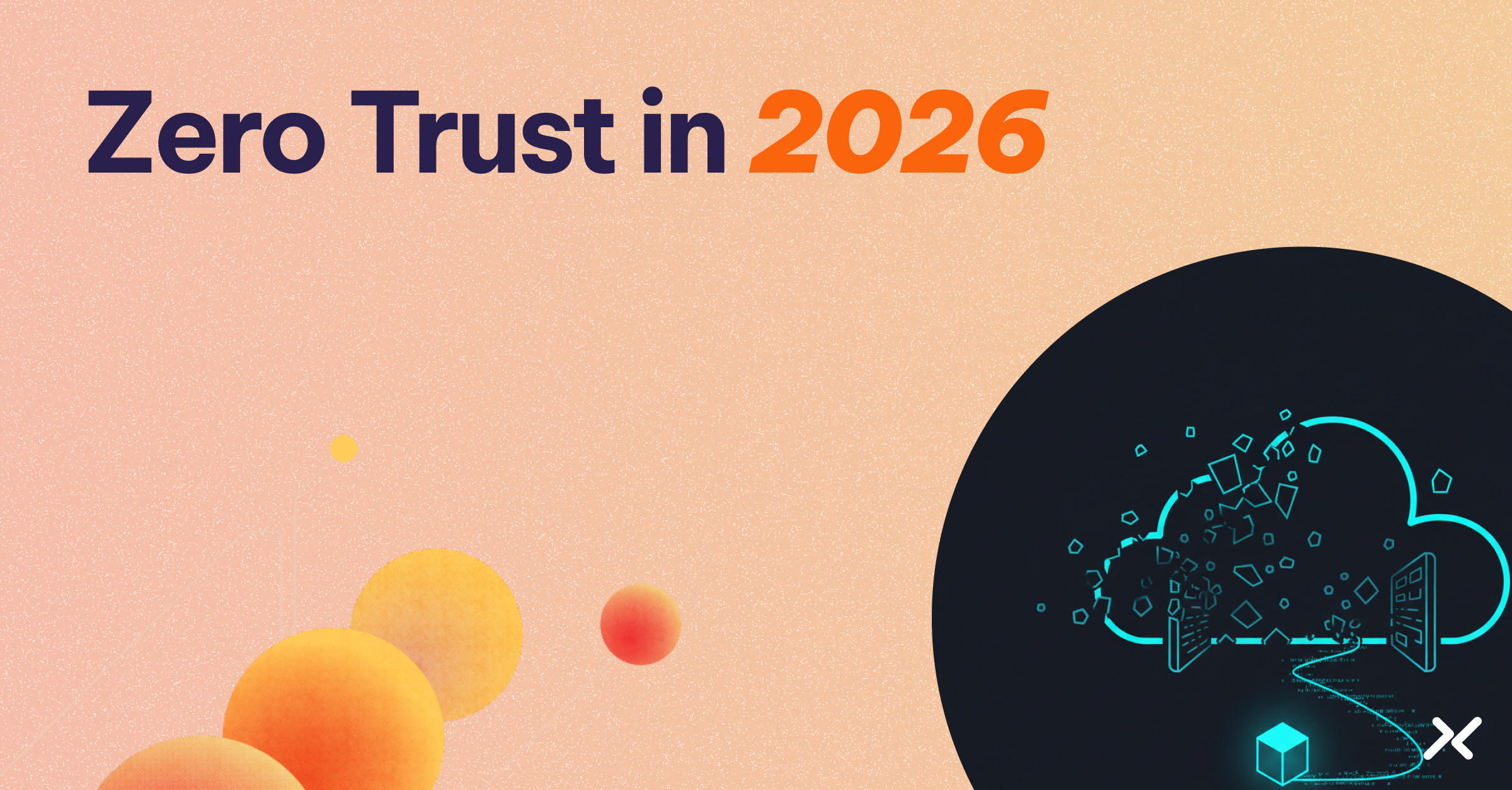You’re racing to ship a feature when your pipeline breaks, thanks to expired keys, rotated secrets, or hard-coded credentials that stopped working.
What should take minutes turns into hours of credential archaeology, digging through configs and chasing down access tokens that were “temporarily” hard-coded months ago.
With agentic AI creating an explosion of new non-human identities that need to authenticate to everything from OpenAI to internal databases, your seemingly seamless pipeline turns into a maze of brittle credentials and firefighting.
Sound familiar?
This happens with most DevOps teams. Hard-coded secrets, scattered vaults, and long-lived keys create a hidden drag on delivery that forces developers into constant rework while leaving organizations exposed to the exact security risks they’re trying to prevent.
By shifting from traditional secrets management to modern access management with ephemeral, identity-based credentials, teams can eliminate this friction, boost DevOps speed, and strengthen security all at once.
Why Secrets Sprawl Is So Dangerous
Secrets sprawl manifests in predictable ways:
- Teams check credentials into public GitHub repos.
- Expired keys break production pipelines.
- Developers spend hours on “credential archaeology” when something stops working.
These are daily realities for development teams managing modern distributed architectures.
The real danger lies in how sprawl compounds over time. What starts as a single API key “temporarily” hardcoded for a demo becomes dozens of credentials scattered across repositories, CI/CD configurations, and environment variables. Each credential represents a persistent attack vector that outlives the workloads it was meant to protect.
Consider the “secret zero” problem: how do you bootstrap identity without exposing the very credentials you’re trying to protect?
Even with sophisticated secrets managers, applications still need initial credentials to access the vault. This creates a recursive security challenge where the solution becomes part of the problem.
Recent breaches illustrate these risks clearly. Hardcoded credentials in scripts enabled broad internal access for attackers who bypassed multi-factor authentication to reach admin platforms. Service tokens went unrotated for months, creating persistent backdoors.
These weren’t sophisticated attacks: They exploited the fundamental weakness of static credential models.
Secrets Management vs. Access Management
Most organizations start with secrets managers. It’s a logical approach since authentication credentials are sensitive information. But there’s an even better approach that lets both tools work together effectively.
For humans, we solved this decades ago with single sign-on using SAML and OIDC tokens. You authenticate once and receive short-lived tokens for accessing multiple services.
For workloads, we’re still passing around passwords like we’ve always done.
Secrets management treats the symptom, not the disease. Instead of delivering secrets onto machines where they sit on disk or get written into code, you put them in a vault, only to grab them and end up with the same secrets on disk anyway. You’ve moved the problem, not solved it.
Access management means ephemeral, policy-driven credentials tied to workload identity. When a microservice needs database access, it proves its identity through environmental attestation and receives a short-lived token scoped to exactly what it needs.
No static secrets, no manual rotation, no persistent attack vectors.
The benefits:
- Stronger security through short-lived, auditable credentials
- Better developer experience with zero cognitive load
- Increased velocity without credential bottlenecks blocking deployments
AI Agents Amplify the Secrets Problem
LLM-powered agents are behaving like developers on autopilot: calling APIs, pulling data, running scripts, and accessing databases. But unlike human developers who might hardcode credentials once, AI agents do it over and over again, at machine speed and scale.
The same credential sprawl that has plagued DevOps pipelines for years now multiplies exponentially. An AI agent that needs access to OpenAI, internal databases, and third-party APIs doesn’t just create three static secrets; it creates three persistent attack vectors that get exercised thousands of times per day.
Traditional secrets management wasn’t built for this reality.
AI agents need access to more APIs than typical microservices, they spin up and down dynamically based on user requests, and they operate across trust boundaries that change by the minute.
The same access management approach that eliminates secrets for microservices and CI/CD pipelines applies directly to AI agents.
Instead of storing API keys for every service an agent might call, the agent proves its identity through environmental attestation and receives scoped, short-lived tokens for exactly what it needs, when it needs it. The agent’s execution context (which task it’s performing, which user initiated it, what security posture it’s running in) determines its access in real time.
This is identity-driven, policy-based access for the AI era, the next evolution of the shift from secrets management to access management.
What “Good” Looks Like in Practice
You know access management is broken when you’re stuck with long-lived shared credentials, painful rotation processes, and mystery secrets scattered across your infrastructure. Teams spend more time managing authentication than building features.
Signs You’ve Got It Right
If your developers don’t think about authentication at all, your pipelines use just-in-time tokens that expire automatically, and static secrets disappear from code repositories entirely, you’re doing it right.
For example, a GitLab pipeline that needs access to both AWS and Snowflake.
The old way: You store AWS access keys and Snowflake passwords in CI/CD variables. When keys expire, deployments break until someone manually rotates them.
The better way: The pipeline presents its identity through OIDC attestation. A workload IAM platform validates this identity, applies relevant policies, and issues ephemeral credentials for each target system. The pipeline gets exactly the access it needs for exactly as long as it needs it.
This eliminates the secret zero problem entirely. There’s no initial credential to bootstrap, no rotation schedule to maintain, and no persistent tokens to compromise. The pipeline’s identity becomes the source of trust, not a stored secret.
The transformation extends beyond individual pipelines. Microservices authenticate to databases using their container identity. CI/CD jobs access cloud APIs through attestation.
Even AI agents receive scoped API tokens based on their execution context. Every connection becomes secretless by design.
Common Pitfalls to Avoid
The biggest pitfalls in access management stem from trying to solve new problems with old approaches.
- Over-Granting Permissions Instead of Enforcing Least Privilege at Scale: Organizations often implement least privilege in theory but “fudge” permissions in practice. When managing access for hundreds of workloads, proper scoping becomes operationally overwhelming, leading teams to grant excessive access rather than maintain granular permissions.
- Letting Credentials Leak into Code Repositories: Credentials still leak into code repositories despite sophisticated secrets scanning tools. The problem is that developers need a frictionless way to handle authentication without managing secrets directly. Scanning catches the problem after it’s already been created.
- Reinventing Authentication for Every Service or Application: Perhaps most damaging is the tendency to build custom solutions for each integration, creating inconsistent security patterns and multiplying the attack surface. What starts as a simple authentication flow becomes a complex web of custom credential handling.
These pitfalls share a common thread. They treat symptoms rather than addressing the fundamental architecture problem.
Better secrets management, more sophisticated scanning, and custom authentication solutions all accept the premise that static credentials are necessary. They’re not.
From Friction to Flow
Secrets sprawl slows down delivery and leaves your business exposed. The more credentials pile up in code, vaults, and spreadsheets, the harder it becomes for developers to move quickly without introducing risk.
Modern access management flips that script. By replacing static secrets with ephemeral, identity-based credentials, security shifts from a speed bump into an invisible enabler.
Developers stop worrying about authentication and get back to building. Security teams stop chasing down leaks and start focusing on strategy. Reliability improves because access is consistent and standardized across environments.
The path forward is clear: stop treating access as a secrets problem. Start treating it as an identity problem.
That shift is how DevOps teams unlock DevOps speed without sacrificing security, whether they’re securing traditional microservices or the new wave of AI agents that need access to even more APIs and services. Aembit helps organizations make this transition, proving that security and speed don’t have to be at odds.




